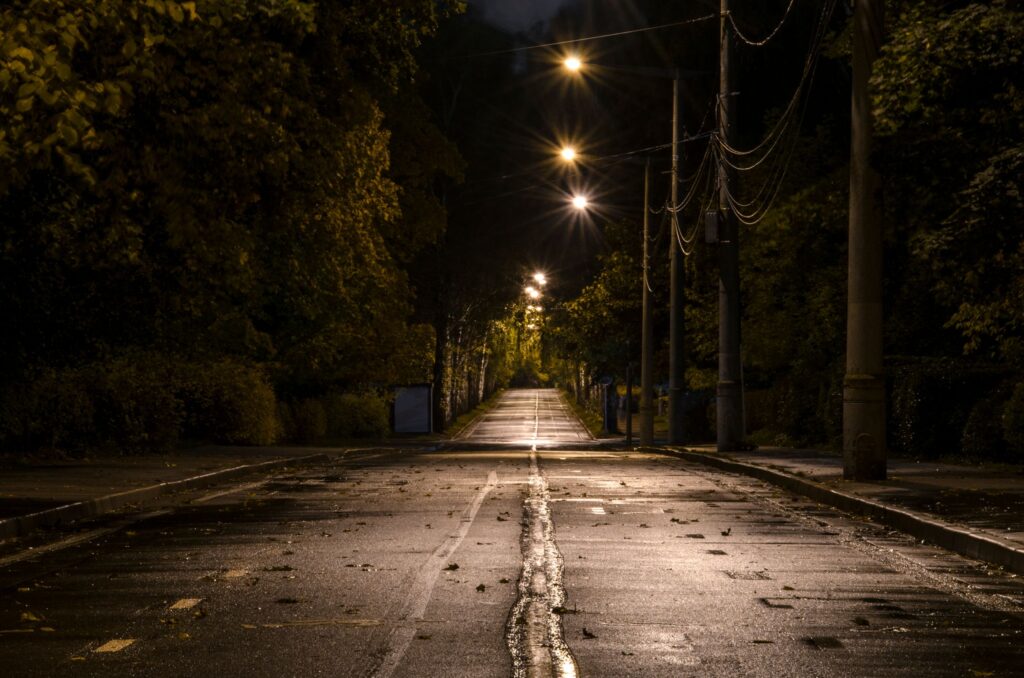Flash is the espresso of crime fiction. Dark, concentrated, with rich undertones, and definitely not for everyone. But once you have a taste for it, you’re hooked. There’s no going back. I’m speaking as both a reader and author. It’s addictive.
What is flash fiction? It’s been around since the 19th century as parables, but its more contemporary form is a complete short story that ranges from a few words, up to 1,000. Hemingway often receives credit for one of the most well-known examples, although it’s disputed to be Arthur C. Clark, as well.
“For Sale: Baby shoes, never worn.”
In a single line, it tells a haunting story. There is depth, emotion, and here’s the best part, both a beginning and end that engages the reader to fill in the missing bits. They become an active participant in a story so pure, there’s no missing the intent. The short answer is that flash is exactly that—a moment in someone’s life that you are invited to share. A glimpse of a greater story, but with no less weight than a full novel.
I started writing flash while I was working on my first novel. There were a few frustrating chapters I needed to tighten. I walked away for a few weeks. (Okay, months. It was months.) But while I was taking the self-imposed break, I saw a random YouTube link to a Kieren Westwood video talking about flash fiction. Watching him made me rethink my chapters. If I could write a story that tight, tight enough to be a full story in fewer words, could I write a better chapter? Writing in the crime genre made the challenge even sweeter. What if I could write a crime drama in a few hundred words? Could I capture the character, the crime, the intensity and all it implies.. in a snapshot?
Challenge accepted!
I fell in love with short stories again, and flash specifically. They are short. I don’t have to commit a lot of time, especially with a busy schedule. It seemed like an ideal way to improve my writing. But what I didn’t expect was the boost in creativity that comes with the fun of writing a very intense piece of short fiction.
The stakes are high and immediate. There’s no room for back story. History comes within the crime itself. In fact, if what you’re writing has nothing to do with the crime, it has to go! This requires surgical precision when choosing vocabulary, too. Every word is nuanced and must evoke a mood, a threat, a misdirection, or the crime itself. There’s no room for anything more. And there’s no promise of a satisfying end. In fact, my favorite stories leave me wanting more. Remember, for crime writers, this is an almost voyeuristic look at a morally questionable, if not downright amoral, moment of conflict. Nothing more.
In the condensed format lies the beauty of language. And in true flash style, I’ll keep this short and hope you’re intrigued enough to want more. Go listen to Kieren’s video and then grab a notebook, a keyboard, hell, even a napkin. I have a challenge for you.
Want to read the piece I wrote? Check out House Warming at Shotgun Honey.

